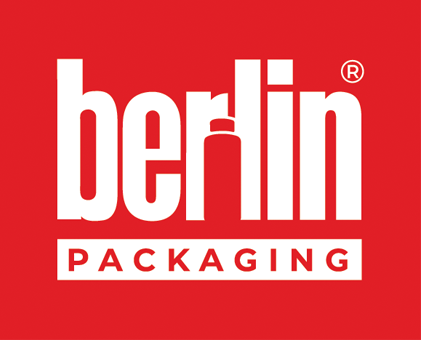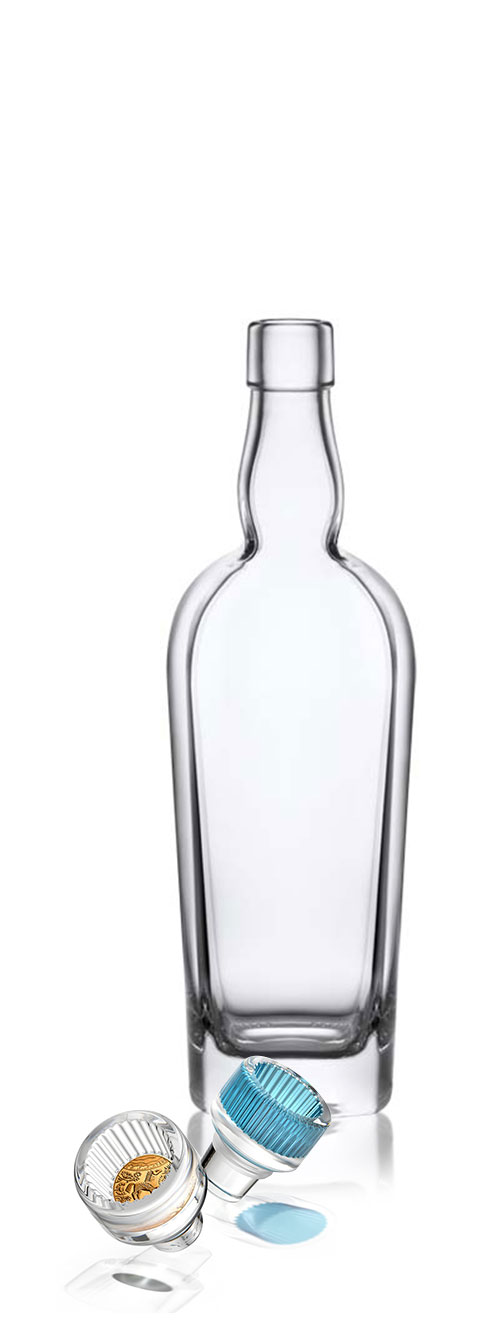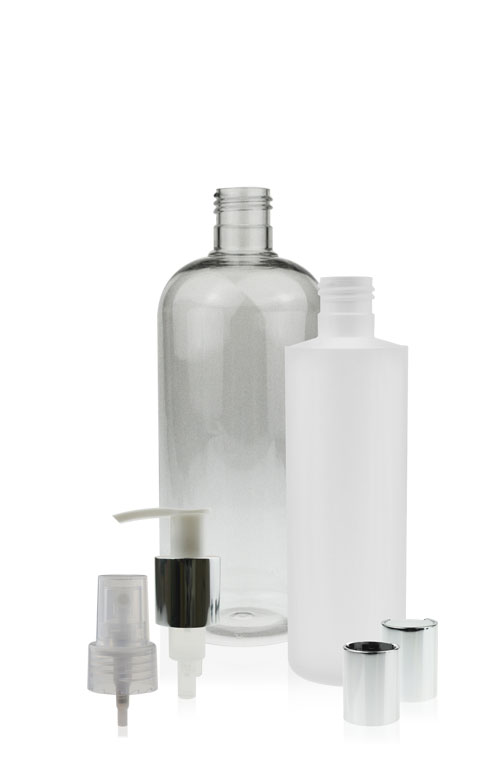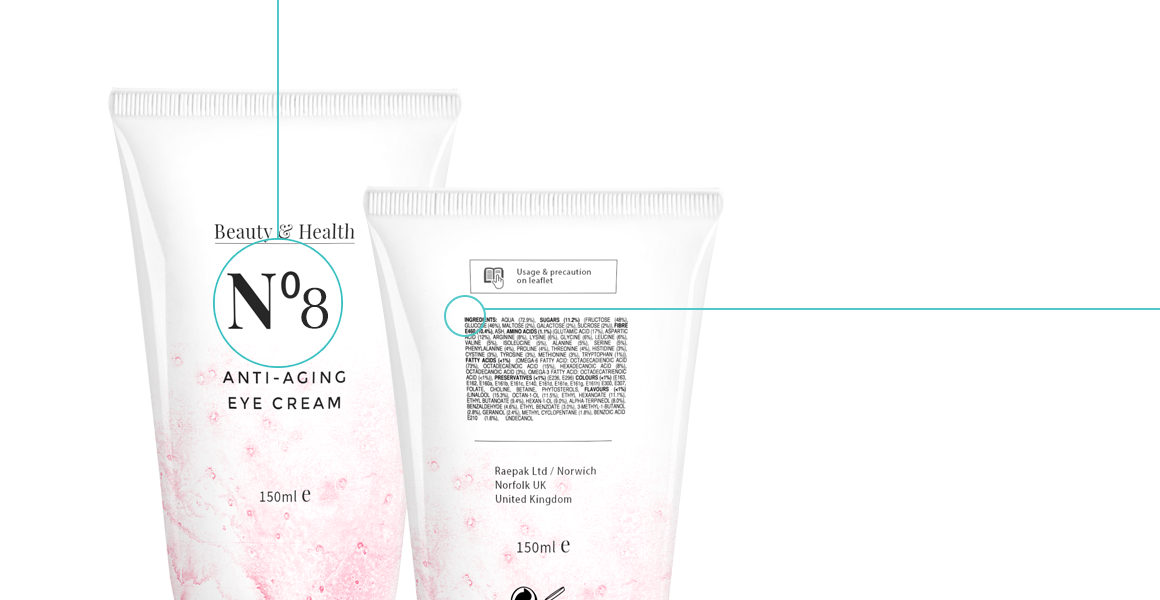Cosmetic Packaging, Packaging Design Inspiration, Packaging Education
Product Labelling – EU Cosmetic Safety Regulation Guide
This article has been written as a guide and does not constitute legal advice. Please check the latest legislation to ensure you have the most up-to-date information. In the world of cosmetic products, you must include the correct information. This helps explain what the contents are for. This helps the consumer understand how to use them safely and how to use the contents in the correct way. There are many different labelling requirements that are compulsory in order to be compliant with the EU Cosmetic Safety Regulations EC 1223/2009, article 19.
The EU Cosmetics Regulation requires cosmetic products to provide the following information on the label or on the packaging:
| COSMETIC REGULATION | LABELLING REQUIREMENT | DESCRIPTION | PRIMARY PACKAGING – bottles, jars & closures | SECONDARY PACKAGING – Outer Packaging like cartons |
|---|---|---|---|---|
| 19.1(a) | EU Address of the responsible person | The name or registered name i.e company name, and the address of the person responsible. If the label space is short, the address can be abbreviated. A web address can also be included. If several addresses are required, the address where the Responsible Person makes readily available the PIF (Product Information File) should be highlighted or underlined. |
YES | YES |
| 19.1(a) | Country of origin | The country of origin, where the product was manufactured – for example (Made in China) shall be specified for imported cosmetic products. | YES | YES |
| 19.1(b) | Declared quantity of contents | Fill weight of product displayed in g/ml and presence of the ‘e’ mark. NB: except in the case of packaging containing less than five grams or five millilitres, free samples and single-application packs; for pre-packages normally sold as a number of items, for which details of weight or volume are not significant, the content need not be given provided the number of items appears on the packaging. | YES | YES |
| 19.1(c) | Date of minimum durability | For products that remain durable for < 30 months. This is either in the format of words ‘best used before the end of’ or with the hourglass (egg timer) symbol |
YES | YES |
| 19.1(c) | Period after opening (PAO) | For products that remain durable > 30months. The PAQ is the period of time after opening for which the product is safe and can be used without any harm to the consumer. The PAO can come into effect from the day the product is manufactured to the day before 36 months have elapsed, so the stability testing process needs to take this into consideration. NB: Industry practice is to label the period in months only, indicating by an uppercase ‘M’. Exemptions are products in containers where there is no opportunity for contamination i.e aerosols, single-use products including sachets or if the manufacturer determines there is no risk of deteriorating impacting on the safety of the consumer from first use. | YES | YES |
| 19.1(d) | Warming | Directions of use and cautionary statements. Cautionary statements are usually picked up by the safety assessor once a CPSR (Cosmetic Product Safety Report) has occurred for the product. | YES | YES |
| 19.1(e) | Batch Code^ | The batch number of manufacture or the reference for identifying the cosmetic product, so there is traceability should there be any issues once the product has been placed on the market. | YES | YES |
| 19.1(F) | Function of the product | Only required if not obvious from the presentation of the product. | YES | YES |
| 19.1(g) | Declaration of the ingredients* using appropriate INCI nomenclature+. Appropriate declaration of allergens with the ingredients list if they are present within the product | The list shall be preceded by the term ‘ingredients’. An ingredient means any substance or mixture intentionally used in the cosmetic product during the process of manufacturing. It doesn’t include impurities or materials used in manufacturing. It doesn’t include impurities or materials used in the manufacturing process that are not present in the final product. Perfume and aromatic composition and their raw materials are referred to by the terms ‘perfume’ or ‘aroma’. The list of ingredients is written in descending order of weight (w/w/) of the ingredients at the time they are added to the cosmetic product. The ingredients list can be linear or portrait, in upper case, lower case or a combination. All ingredients present in the form of nanomaterials shall be clearly indicated in the list of ingredients. The names of such ingredients present in the form of nanomaterials shall be clearly indicated in the list of ingredients. The names of such ingredients shall be followed by the word ‘nano’ in brackets. Colourants other than those intended to colour the hair may be listed in any order after the other cosmetics ingredients. The CI (Colour Index) nomenclature can be used. | NO | YES |
KEY
* Ingredient labelling is required on the primary packaging where there is no secondary packaging.
^ Where it is impossible for practical reasons i.e the cosmetic products are too small, the batch code only needs to appear on the secondary packaging.
+ As published in the International Cosmetic Ingredient Directory & Handbook by the PCPC (Personal Care Product Council), previously known as the CTPA (Cosmetic Toiletry, and Fragrance Association).
Cosmetic Product Labeling Diagram

Recycling
The recycling trademark shows that the company who supply the cosmetic packaging are associated to a specific recycling and recovery scheme. This deals with the packaging waste of a company’s products. All companies in Europe have a legal obligation to recycle and recover packaging waste.
Nominal net content
Cosmetics packaging requires a nominal net content icon that is shown in grams (g) or millilitres (ml) for solids or liquids. There is an exemption for contents below 5g or 5ml, and for single-use packs including sachets, capsules and free samples. The “e” mark must be shown on the cosmetic packaging which is defined in weights & measures legislation. A typical content marking for a makeup concealer would be “75ml e”.
The finger pointing to a book or leaflet
If the cosmetic packaging is small and you need extra space for additional information. The hand to book icon tells the consumer that extra information is provided via a leaflet or tag. The symbol is required by law if the supplied leaflet/label/tape/tag/card contains information that does not fit onto the container or box.
best before or once opened
All cosmetic products have a lifespan once opened or unopened. If the product is less than 30 months you must show a ‘best before end’ date. This can be shown using the ‘egg timer’ icon followed by the date. Some cosmetic products will have a lifespan longer than 30 months. This means you will have to show a ‘period after opening’ time.
Ingredients
The ingredients list should always appear in the same format and order:
- The title should be ‘INGREDIENTS’
- The ingredients have to be listed in order of weight
- Ingredient names are from the INCI naming system
- Perfume mixtures are labelled as ‘perfume’ although some specific perfume ingredients are listed by INCI name
- Flavours, such as in toothpaste, may be listed as ‘Aroma’
- Colours use the Colour Index Number, or CI Number, an international naming system, for example, ‘CI 15580’
- For colour cosmetics, such as make-up and lipstick, which come in a range of shades, all of the colours used in the product range are listed together at the end of the list preceded by the ‘may contain’ symbol which is a simple “+/-“. Each particular shaded product will use a selection of the colours listed.
Now you have a better idea of how product labels work, the next step is product decoration options.




do you have labeling for aerosol Flammable cosmetics products? Please share a label sample for EU and Australia.
Gooday Marilyn Graham,
We will work on this for a future educational post.